When the gods were colorful: an unexpected look at ancient sculptures
Categories: Design and Architecture | Exhibition | History | World
By Pictolic https://pictolic.com/article/when-the-gods-were-colorful-an-unexpected-look-at-ancient-sculptures.htmlIf you ask the question, what color are the antique statues of gods and heroes, even a schoolboy will answer that they are white. This is quite logical, since Greek and Roman masters made their masterpieces from marble, which is mainly snow-white in color.
The exhibition "Motley Gods" (Bunte Götter) from Denmark, successfully held since 2003 in the most famous museums in Europe and the USA, breaks the established stereotypes and shows antique sculptures as they were seen by contemporaries of Myron, Phidias and Praxiteles.
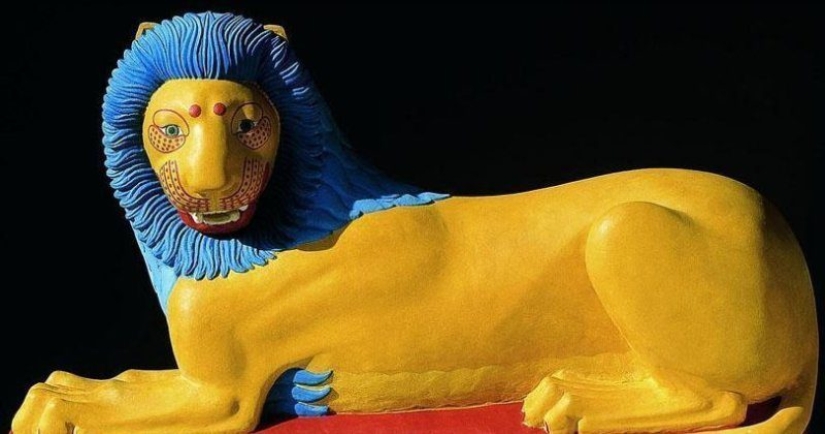
For many centuries it was believed that antique marble sculptures were white. Only relatively recently, thanks to innovative methods of analyzing materials, scientists were able to establish the fact that the ancient masters painted their sculptures, and in a very bold color scheme.
Experts have found that many figures of gods and heroes were painted with details of clothing and almost all had painted faces. In the ancient world, bright paints of vegetable and mineral origin were used, which had one important drawback — low durability. Obviously, statues exposed to atmospheric influences had to be regularly "renewed".
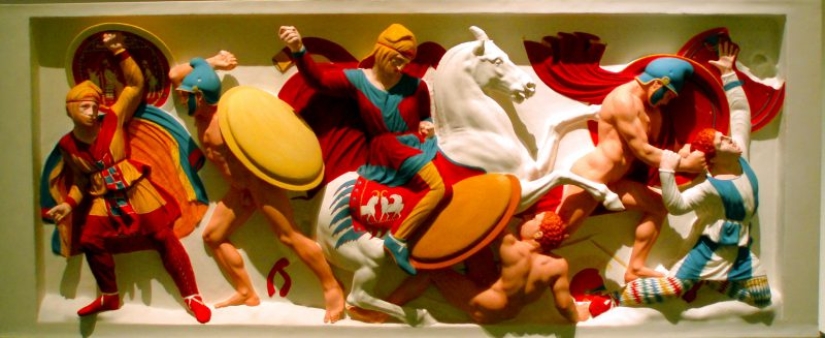
The main exhibit of the exhibition "Motley Gods" is the figure of an archer from the western pediment of the temple of Aphaia on O. Aegina, created around 500 BC. Scientists suggest that the sculpture depicts Paris, through whose fault the bloody Trojan War began.
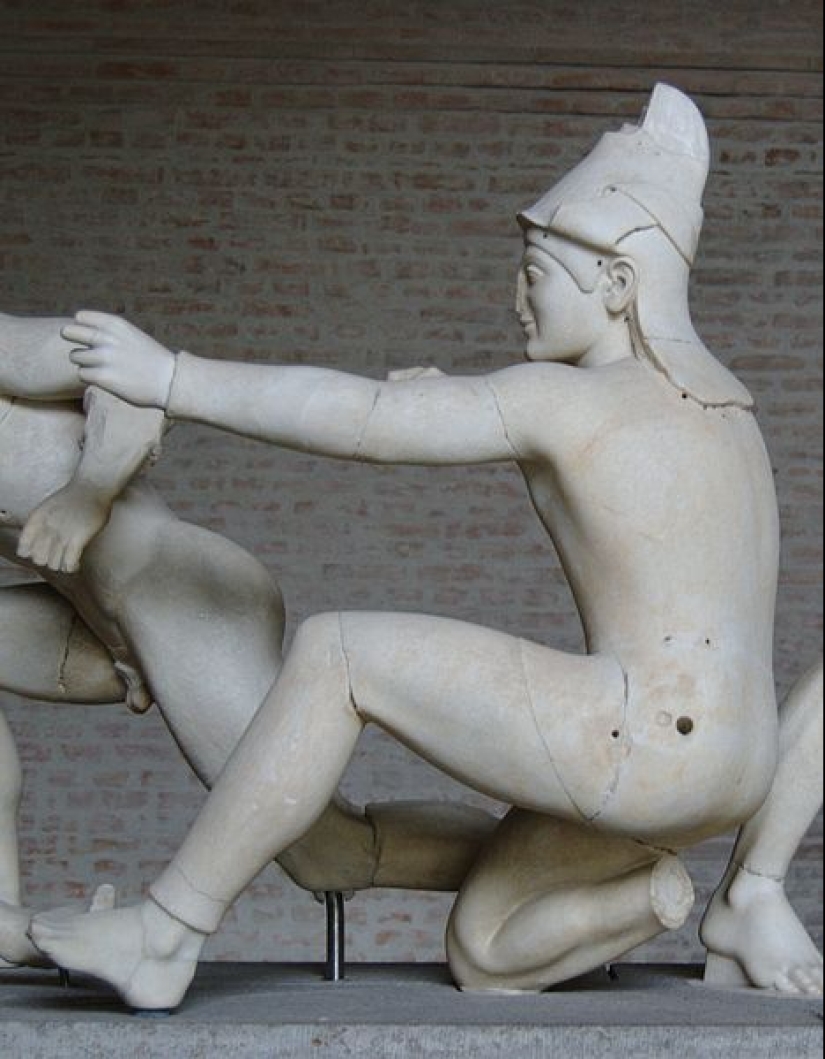
After conducting a study of the marble sculpture using an ultraviolet reflectograph, experts were surprised to find that the archer, once considered naked, turned out to be dressed in bright, body-hugging clothes. The patterns were carefully worked out — the smallest details were only 2 mm in size! Experts cannot explain why such filigree was needed to decorate the statue, which was located at a height of more than 10 meters — perhaps it was a whim of the customer or just the corporate style of the sculptor.
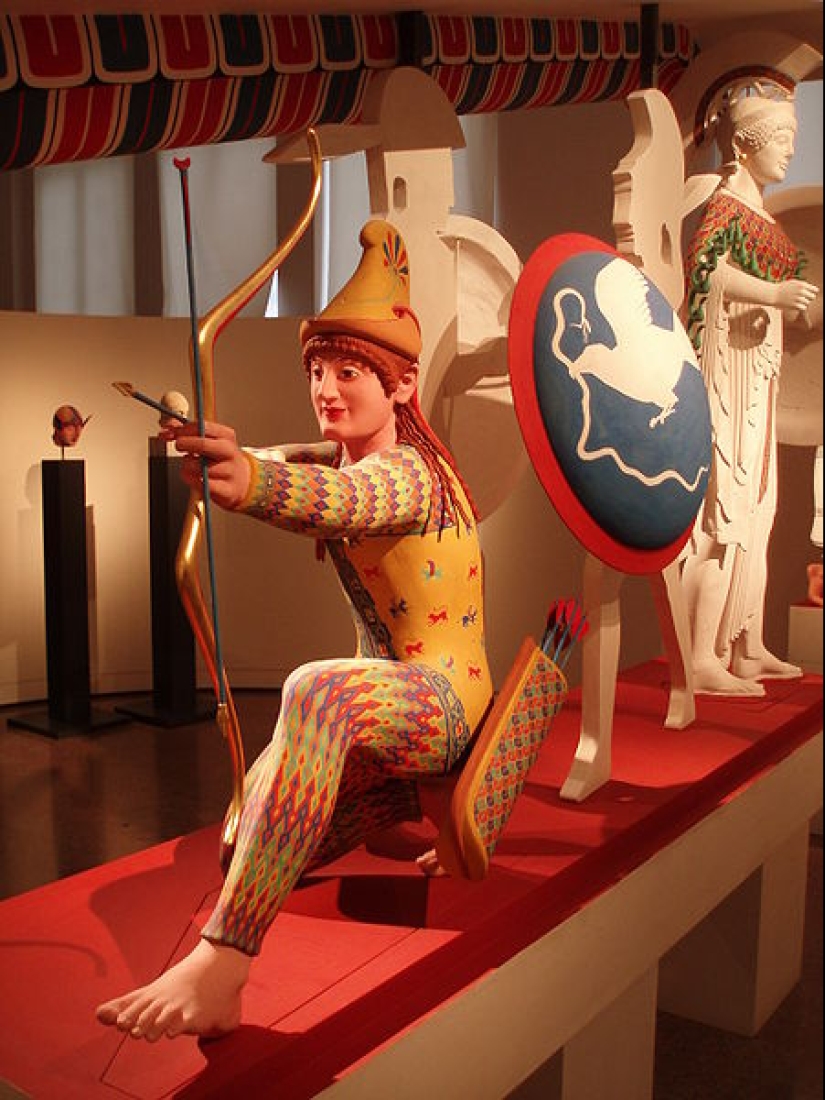
Studies of this and many other sculptures have shown a different degree of weathering of the marble surface, which indicates the use of paints that differed in origin and density. Chemical analysis taken from different parts of the surface showed the presence of cinnabar, copper azure, copper greens, red and yellow ochre, as well as the finest gold leaf in the pigment.
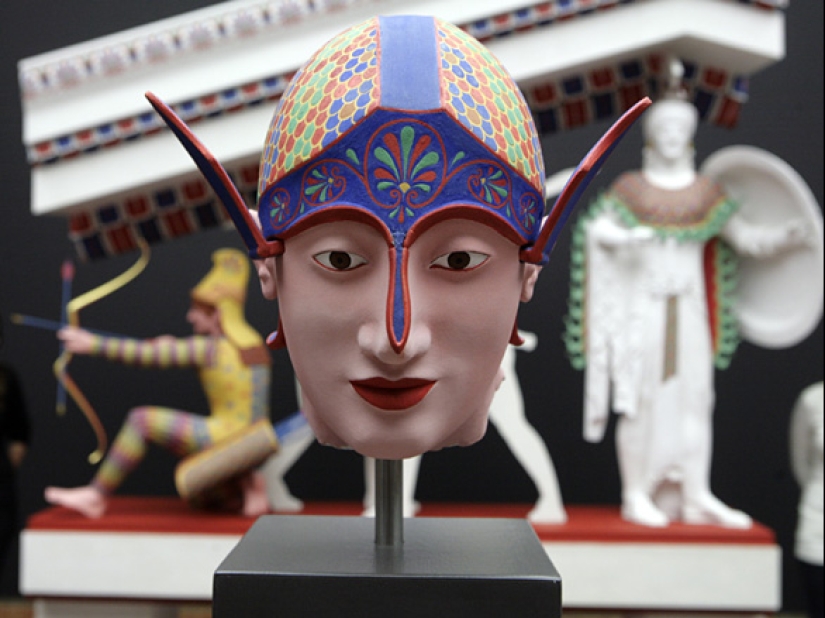
But chemical and spectral analysis is not the only proof of the validity of the "motley gods" theory. The exhibition presents the head of one of the Greek sculptures of a warrior, on whose helmet there is a painting visible to the naked eye. This find has stirred the minds of archaeologists and art historians since the 60s of the last century, but it was impossible to prove without special research that this case of decoration was not an isolated one.
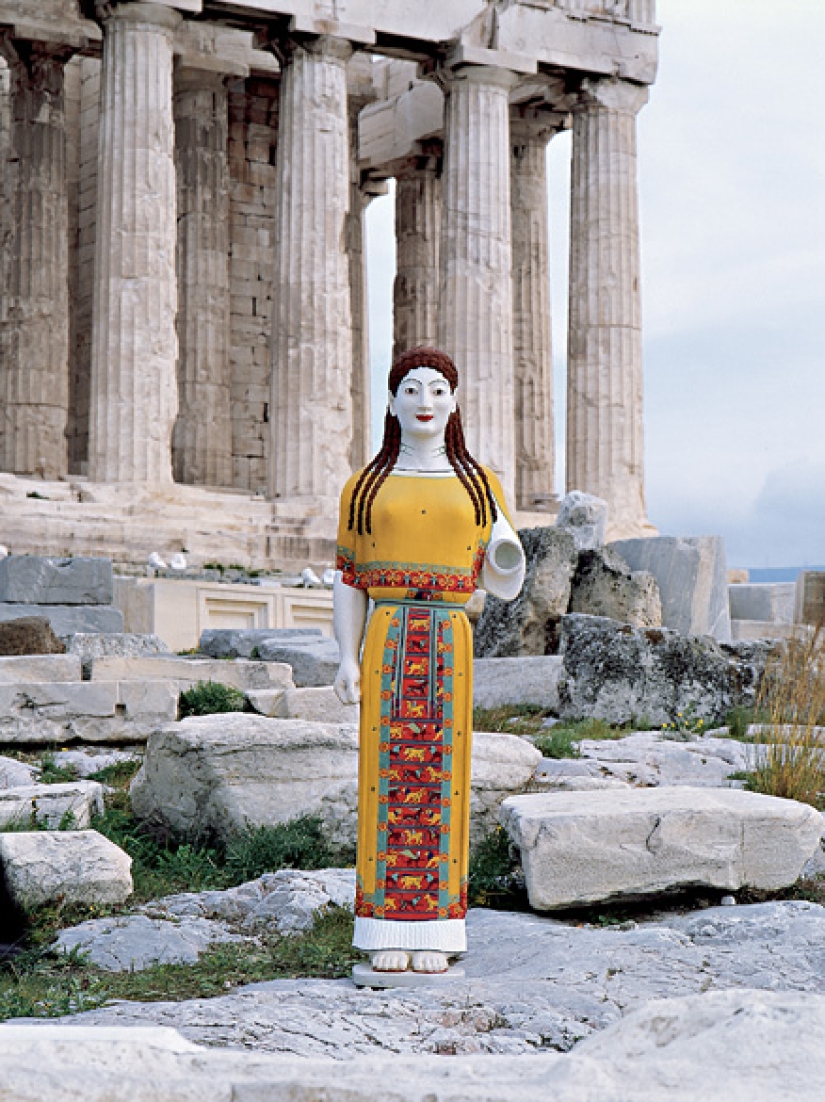
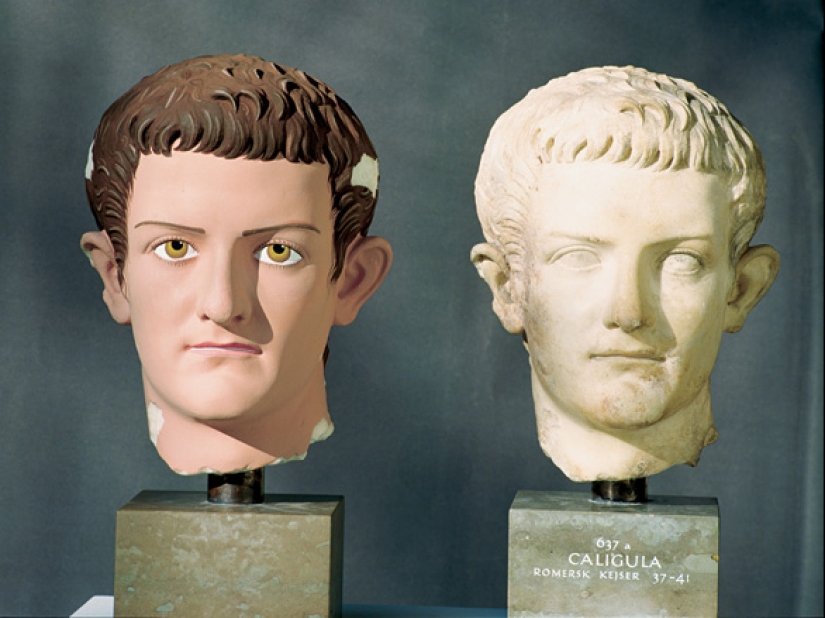
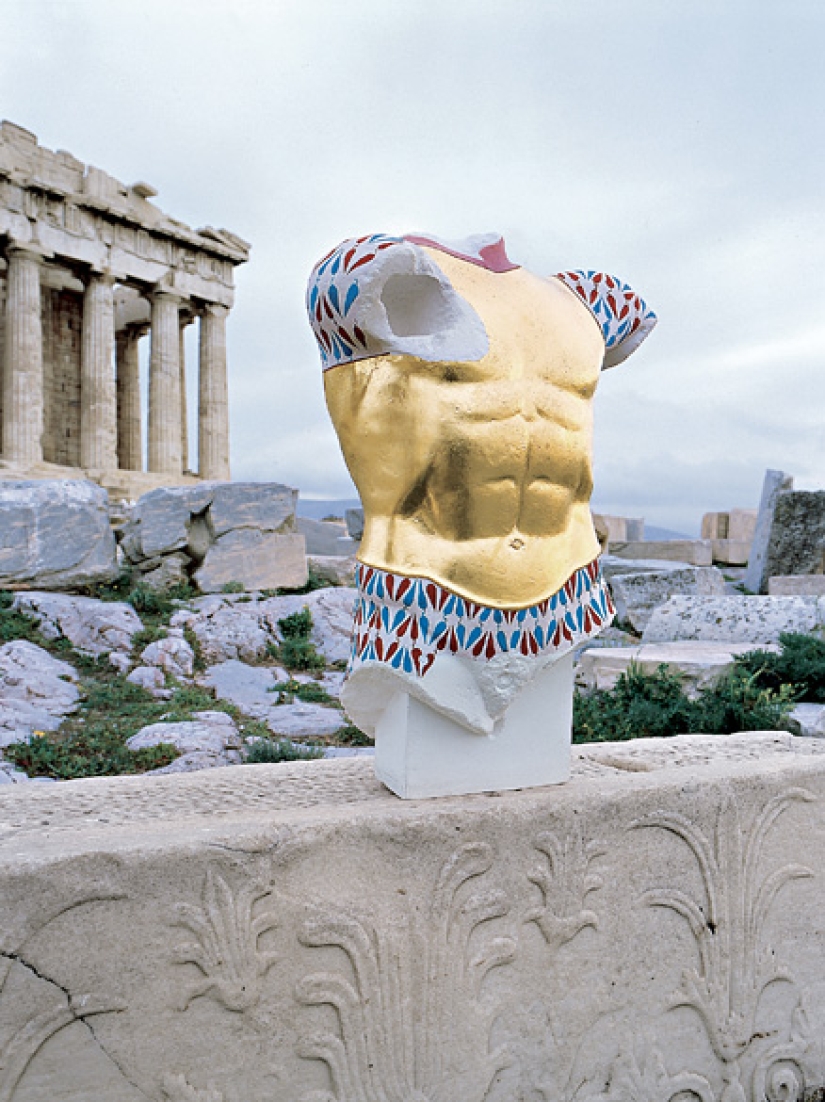

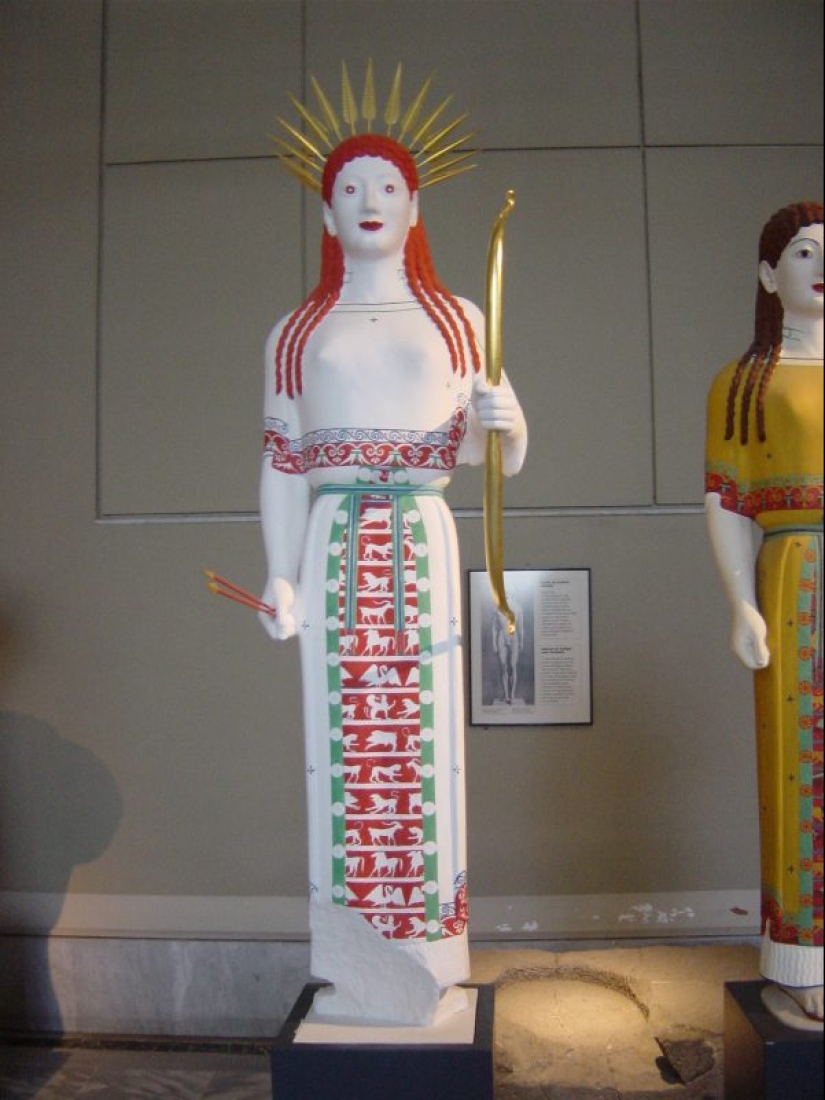
The painted statues were of special value to the inhabitants of the ancient world. As for the point of view of a modern person accustomed to the classic, monotonous performance of these masterpieces, they seem at least strange, and at most tasteless and flashy.
Recent articles

More than 1,500 amateur photographers sent their wonderful pictures of large and small animals to the competition, and the jury ...

It just so happened that the kings of France were not in good standing with the people. The monarchs had a reputation as ...

Today, vitiligo is a common occurrence. Of course, people with this disease stand out externally, but they are only given special ...